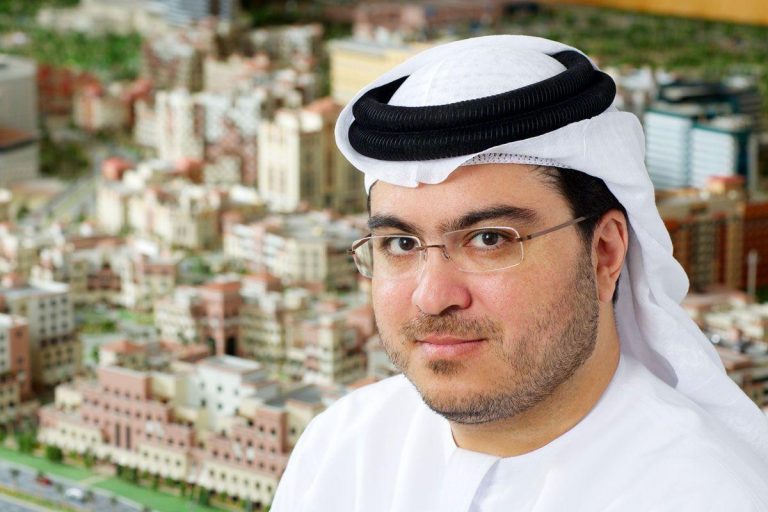One thing for sure, people — people like you and me, no longer just visit a doctor when sick. We recognise the malaise. We are aware of the symptoms. We even know — at least most times, the preventative action that needs to kick in.
I foresee the future of healthcare not confined to a hospital or a clinic, but in homes — yours, mine. We are slowly but surely becoming active partners in healthcare along with policy makers, medical specialists and the wider healthcare fraternity.
The future will see less passive patients and more active partners. This will cease to be the trend and become the norm. And ensconced in this partnership is the approach to wellness.
Increasingly, wellness and preventive care have become inseparable bedfellows. These two approaches to wellbeing connect the choices we make whether this choice is sticking to the healthy food section of a supermarket aisle, signing up for a pilates class, or wearing a self-tracking fitness device.
The other side of the holistic aspect is what happens if you are sick and you absolutely need to drag yourself — with your sniffles and aching body, out of bed, and into a clinic? Step aside to welcome innovation.
Innovation is like invisible glue that makes waiting times shorter, and diagnostic equipment look like it has been borrowed from a technology bunker of a James Bond movie. Wireless implantable medical devices are becoming more and more popular. They range from cochlear implants, cardiac pacemakers, gastric stimulators and insulin pumps that pump insulin into the bloodstream based on the patient’s insulin requirements.
Innovation will continue to impact healthcare in ways that can be measured by so many indicators ranging from patient outcome, productivity, pathway of care, healthcare costs, and quality of clinical outcomes processes and performance. It will raise the bar of healthcare not just from an operational point, but from a competitive aspect.
As healthcare systems continue to face the Sisyphean task of pushing through burdens of aging population, growing prevalence of lifestyle diseases, and demands of providing healthcare that help improve health outcomes; innovation will be the champion. Patients will experience innovation in the way it removes certain bottlenecks or constraints in the pathway of care and clinical areas.
With mHealth, doctors can now follow up on a patient’s case from home, accessing tests like blood pressure, heart rate and blood sugar. Doctors are able to send instructions directly to these patients via their mobile devices, instructing them to alter the dose of medicine that they are taking. Patients can now get doctor’s help from the comfort of their homes, giving the doctor more time to see other patients.
Will healthcare systems cope when resources such diagnostic technology become more efficient? Let’s wait and watch with promise.
Looking forward to 2015, innovation, technology and digitalisation will be at the centre of the healthcare sector in the region, and particularly the UAE. The recent launch of the government’s Innovation Strategy which aims to stimulate innovation in seven sectors, including healthcare, will drive this forward as part of the country’s national agenda which includes the development of a competitive knowledge-based economy in line with the diversification strategy. Healthcare sits at the core of this ambition.
This has already begun with the Smart City initiatives, linking government services and the public through the use of smart devices accessed freely using wireless internet connections. Facilitating access through technology is a step in the right direction and I expect other similar enterprises to become the norm in 2015.








